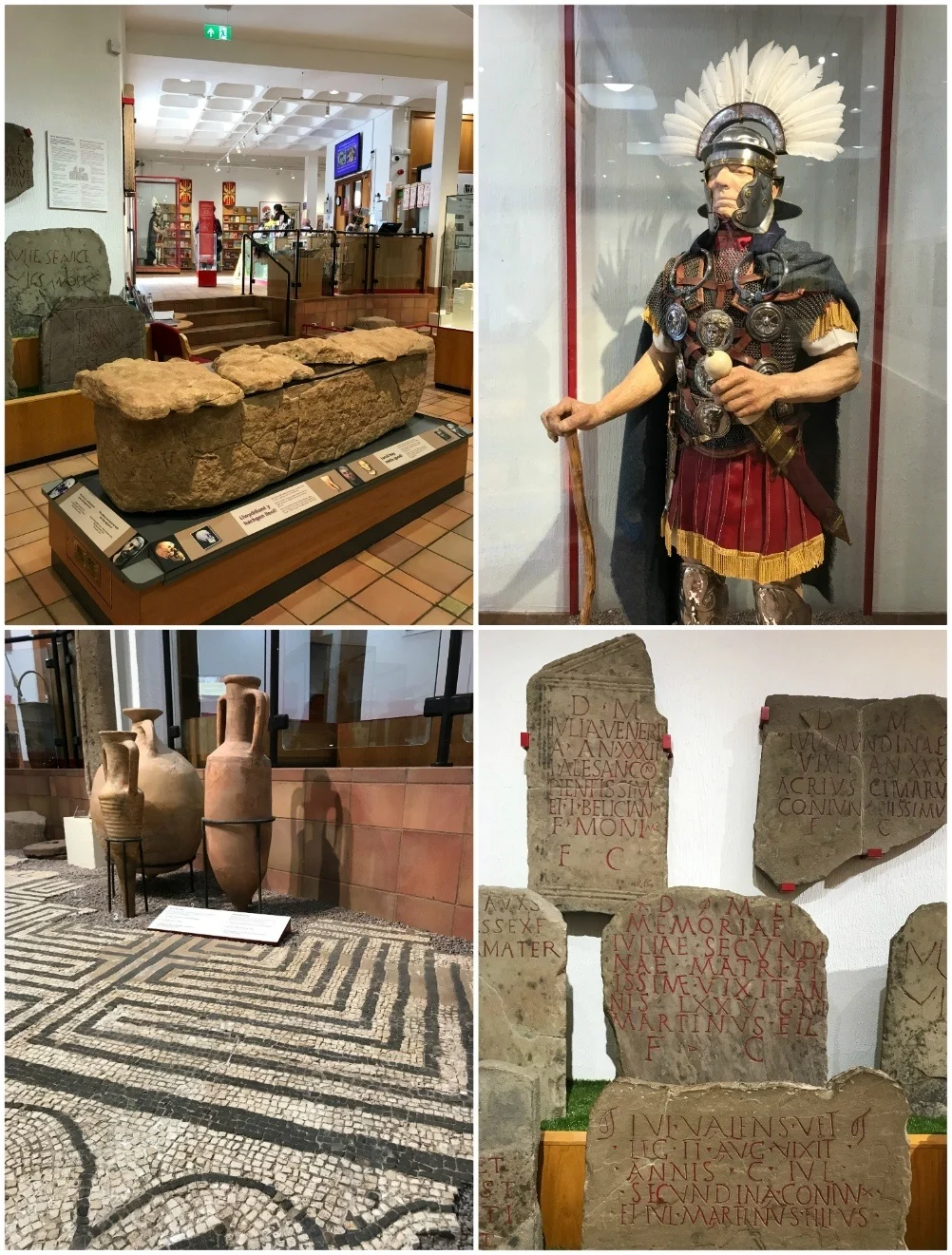You’ve visited the Colosseum in Rome, now it’s time to discover Roman Caerleon in south Wales! The Roman Baths and Museum in Caerleon may be on a smaller scale, but are no less interesting and set in a picturesque town by the River Usk.
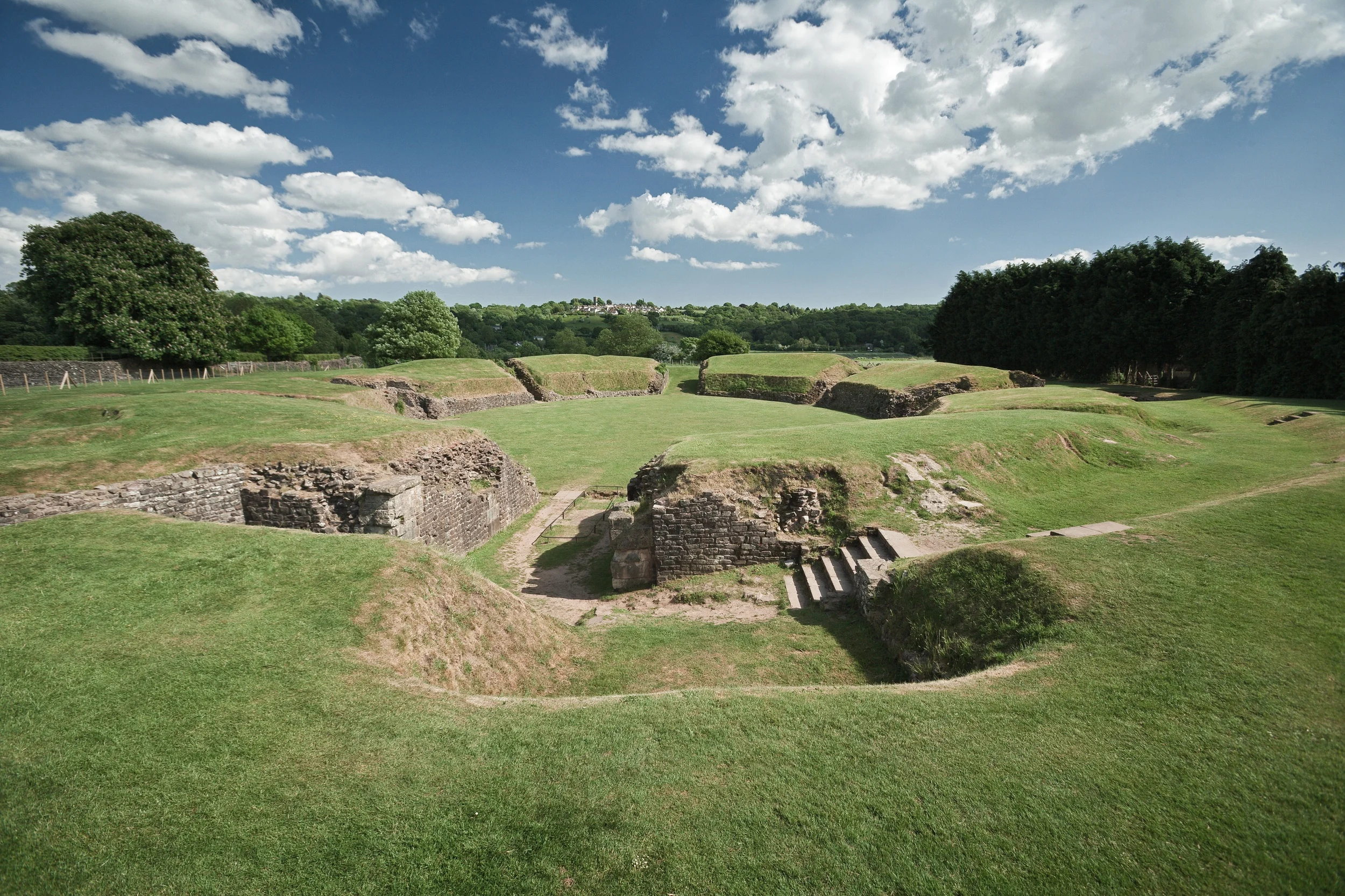
Full of cute Georgian houses and charming places to eat, Caerleon makes a great day out that can be combined with walking or other activities in nearby Newport. It was fascinating to discover that the Caerleon Roman Fortress was one of only three permanent legionary centres in Britain, with up to 30,000 Roman soldiers stationed there in the 1st century BC.
Also from this trip: A guide to walking the Monmouthshire and Brecon Canal near Newport
Visit the Caerleon Roman Baths
One of the top things to do in Caerleon and the first stop for most visitors, is the Roman Baths that are housed in an inconspicuous building opening up inside to reveal the remains of the Roman outdoor swimming pool and bath house. You do have to exercise your imagination a bit as you look down at the ancient stone foundations, but they’ve done a pretty good job at bringing to life the enormous natatio or open air swimming pool, the basilica (indoor sports hall) and the remains of the frigidarium (cold baths).
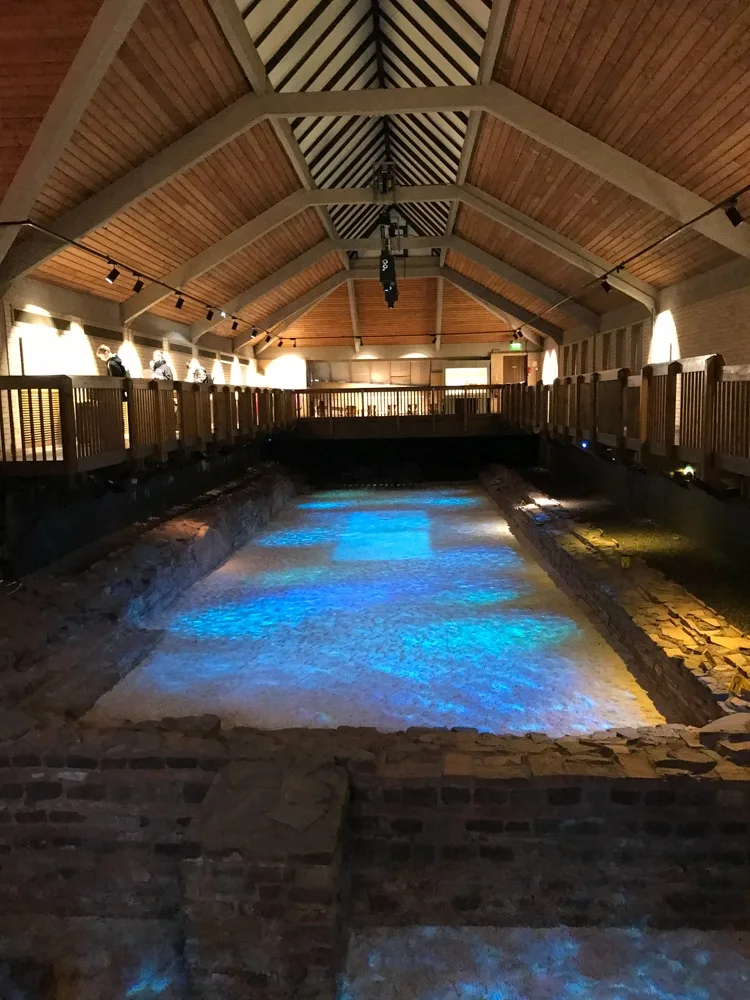
Roman Baths in Caerleon
The whole complex would have been much like a modern day leisure centre, with a tepidarium (warm room) and caldarium (hot room), where the soldiers stationed at the fortress could relax with their friends, get a massage and even buy a fast food snack. Women and children could use the baths in the morning while the soldiers would use it in the afternoon – they used the same baths at different times since bathing was done naked, so mixed bathing was frowned upon.
Walking around and looking at the various interpretation boards it was clear how serious the Romans were about cleanliness. I enjoyed looking at replicas of everyday Roman objects, like the leather sandals, some with metal studs on the bottom (could this be a new fashion?) or the metal grooming sets, with items like tweezers, ear wax cleaner, toothpick and nail file.
The bathing routine was to rub yourself with perfumed oil, sweat it out in the hot caldarium, scrape off all the oil and dirt from your body, then finish with the warm room and cold bath or swim. It must have been a real treat for the average Roman soldier posted to chilly Wales, missing the Mediterranean climate and looking forward to warming up in the hot baths.
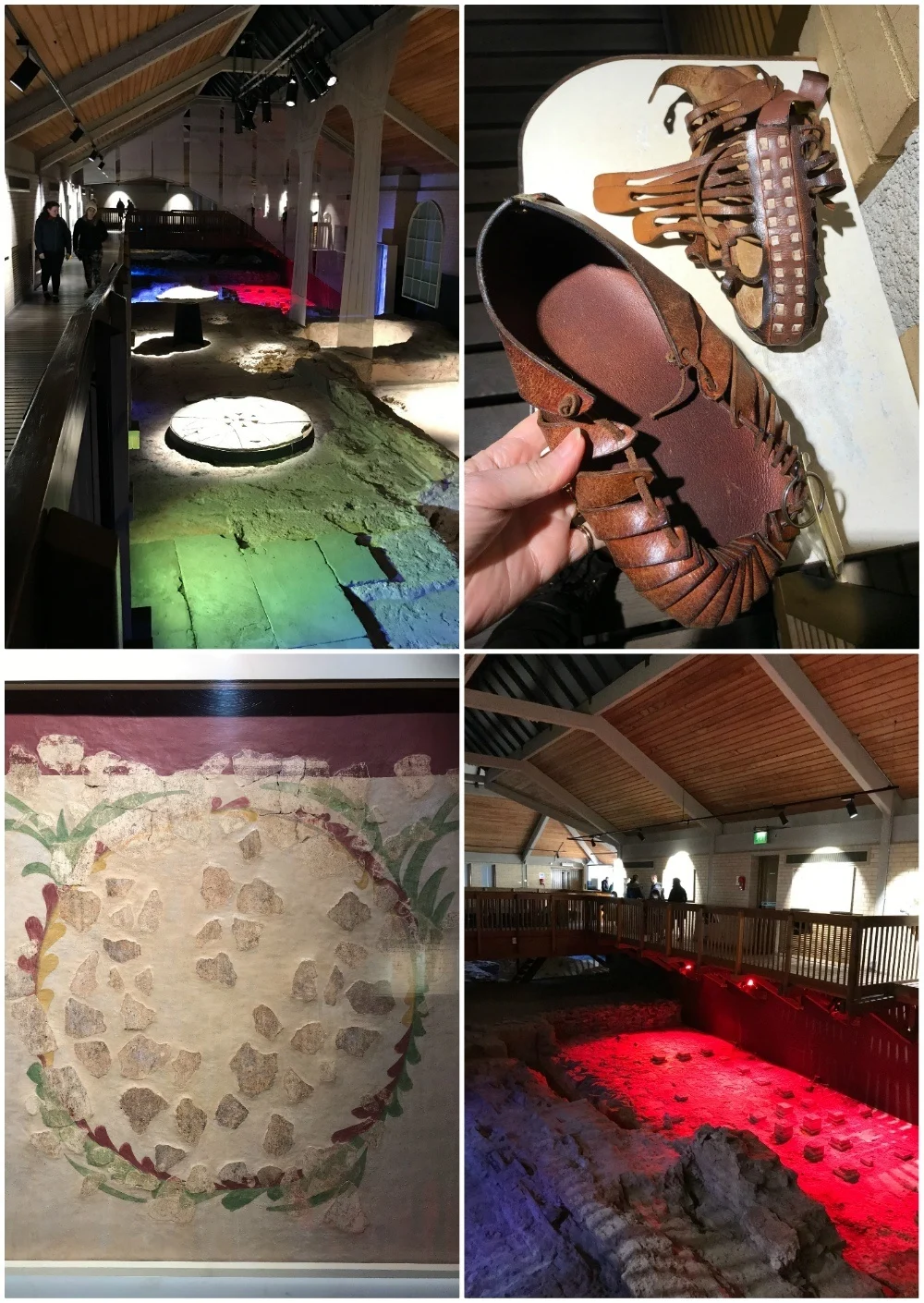
Roman Baths at Caerleon
Moving on to the remains of the bath’s main building, you can look down and see the stacked pillars under the floor that allow heat to circulate. The foundations also reveal the drains where a hoard of 88 engraved gem stones were found, dropped or lost by their owners and now on display in the Caerleon Roman Museum. Fragments of stone carving on display show how the baths would have been decorated with pillars and friezes with ornate mosaic tiled floors.
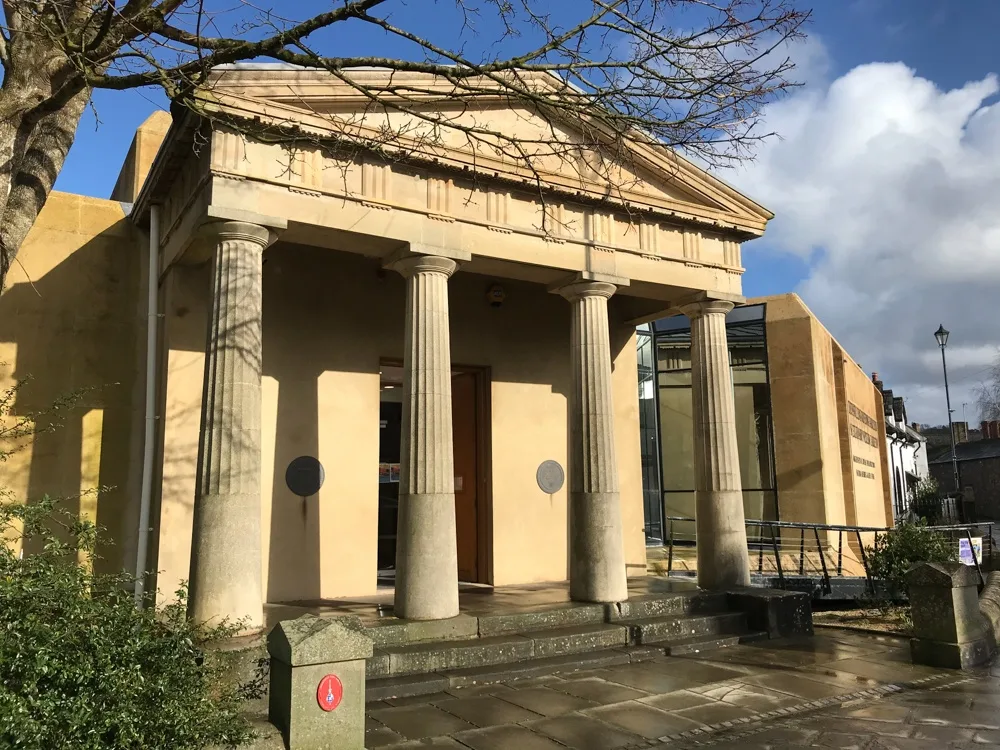
Read more from this trip: A guide to walking the Monmouthshire and Brecon Canal near Newport
Fun Roman Bath facts:
- The Romans enjoyed meat patties a bit like a hamburger, but instead of ketchup they used a sauce called liquamen made from salty fish guts and peppers, a bit like our anchovy paste.
- A metal tool called a strigil was used to scrape off oil and dirt after your sauna and was an essential item of Roman grooming.
- The Roman soldiers loved to exercise through wrestling and weight lifting in the indoor hall and running or javelin throwing outside.
More info: Caerleon Roman Fortress and Baths Website | Address: High St, Caerleon, Newport NP18 1AE | Instagram @cadwcymruwales | Twitter @cadwwales | Facebook @CadwWales | Open daily 10am – 5pm | Adult £4.50 Family £12.20 | Pay and Display Car Park
Just down the road from the baths, the National Roman Legion Museum explores what life was like in this far-flung outpost of the Roman Empire. The museum displays many of the archaeological finds from the Roman Baths and the Caerleon Roman Fortress around the town, tracing the history of the Roman occupation of Wales.
Despite strong resistance from the Welsh tribes and the harsh landscape, by AD 55 a fortress had been established in the Usk Valley and by AD 75 the garrison at Isca or modern day Caerleon was holding up to 30,000 soldiers.
Read more: 16 fun things to do in The Valleys of South Wales
The Caerleon Roman Museum
At the Caerleon Roman Museum entrance you’ll meet the commanding figure of a Centurion at the Caerleon fortress wearing his chain mail shirt, leg guards and crested helmet, with a vine stick as a symbol of his authority. The museum displays the everyday items of daily life, the glass and terracotta containers, the metal brooches, hairpins and gemstones lost in the baths and the stone carvings from the buildings. The Roman gravestones and stone coffin of a soldier give us an insight into death and the skull found inside has been used to create likeness of what the soldier buried inside would have looked like.
The Caerleon Roman Museum
The museum is a favourite destination of families and school trips, with a play room and reconstruction of what the soldier’s barrack room, with a chance to dress up and try out the helmets and shields.
You may also enjoy: Exploring the Wye Valley: In the footsteps of Gilpin’s Wye tour
Garden at The Roman Museum Caerleon
Behind the museum is a tranquil garden that’s inspired by the fruit, flowers and medicinal plants that the Romans favoured, a bit like a medieval herb garden. Roman gardens were used as an extension of the home, filled with flowers and statues with an open air dining area under a gazebo.
